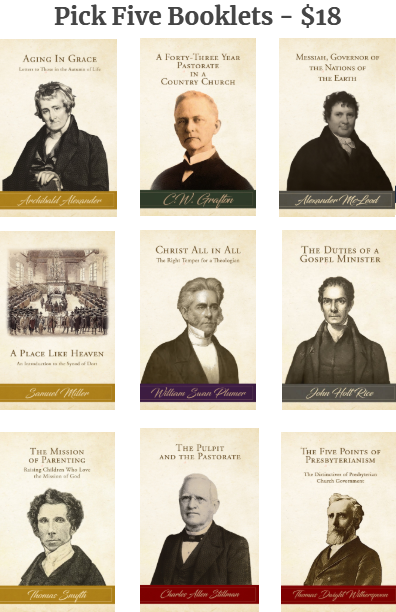(Receive our blog posts in your email by clicking here. If the author links in this post are broken, please visit our Free PDF Library and click on the author’s page directly.)
Pilate saith unto him, What is truth? (John 18:38)
Besides the famous Log College of William Tennent and its daughter schools in Pennsylvania — as well as the Log College of David Caldwell in North Carolina, and others — there was the Shepherd’s Tent of New London, Connecticut. of which Timothy Allen (1715-1806) served as President in the 1740s. Shepherd’s Tent was a brief but important contribution to the revivalism of the Great Awakening; see Richard Warch, “The Shepherd's Tent: Education and Enthusiasm in the Great Awakening,” American Quarterly, vol. 30, no. 2, 1978, pp. 177–198, for more about this contribution. John Brainerd and Elihu Spencer were among the students of Shepherd’s Tent.
Meanwhile, today’s post is extracted from a fascinating essay by Allen written as a response to an age-old question. The full treatise is very much worth the read. In conclusion, he gives an eight-part answer as follows.
Lastly. We see the sum of the answer to Pilate’s question, in these particulars.
GOD, his nature, and all his attributes and perfections, are truth, in its first and most important sense. His proper distinctions is, GOD of truth, Deut. xxxii.4.
JESUS CHRIST as a divine person, and as perfectly expressing GOD to men, is in equal sense, the truth. John xiv.6.
The Holy Ghost, as the great efficient of all divine purposes, and as represented in the genuine influence of all the words, and all the works of GOD, on the consciences of men, is truth. 1 John v.6. And for this reason styled, the Spirit of the truth. John xiv.17.
The work which JESUS CHRIST came to do, and which is the only obedience of merit, in which therefore all the hope of sinners lies, itself being the only perfect practical righteousness, is truth, in fact, through which only we are saved. 2 Thess. ii.13.
The Scriptures, as the only perfect literal description of the Godhead, and the only history of his kingdom, and its righteousness, is in the same sense, truth itself. John xvii.17.
The saving work of the Spirit of GOD, through belief of the word of GOD, and by which sinners are made partakers of the divine nature, and have fellowship with God, is truth. 1 John ii.27.
The whole kingdom of God, as including the creation and government of all things, is original truth, exemplified in facts. All his works are done in truth. Ps. xxxiii.4.
NATURAL self-consisting truth, in the last and most finished representation of it to men, is the distinguishing character of that kingdom, of which JESUS CHRIST was born lord and king. It was represented in types, in the Jewish state of the church; and the whole of that state of the church was type, or typical. But now the truth is come, which was all along meant by those types.
In this summation, Allen explores the manifold sense in which Pilate may receive a full answer to a profound question. Pilate may not have sought such an answer, but lovers of the truth, which is timeless, will appreciate what Allen had to say over 250 years ago. Our God is indeed a God of truth.


